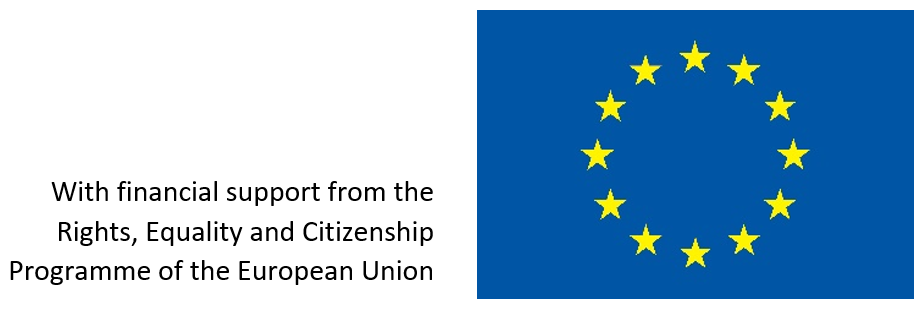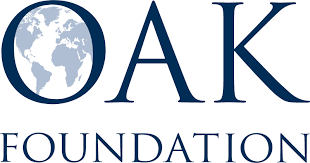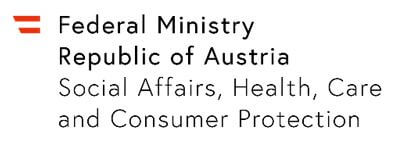Article 22 of the Istanbul Convention covers the obligation to provide or establish specialist women’s support services for all women victims of violence and their children.
Specialist support services should be available in adequate geographical distribution, providing short- and long-term specialist support services to all victims. Basically three types of specialist women’s support services are needed:
• women’s helplines;
• women’s shelters (residential support); and
• women’s centres (non-residential support), which can include rape crises centres, intervention centres and women’s counselling centres and other non-residential women’s support services, but also services for specific groups of women such as migrant and asylum-seeking women and victims of forced marriage.
National women’s helpline
The Austrian National Women’s Helpline was founded in 1998 by the Ministry for Women’s Affairs and is run by the Association of Austrian Autonomous Women´s Shelters, AÖF. The women’s helpline is the first contact point by phone for all women and girls seeking help. The women´s helpline offers multi-lingual support for about six hours per week and on demand in the following languages: Arabic, Bosnian-Croatian-Serbian, English, Farsi/Dari, Persian, Russian, Ukrainian and Turkish. The Women’s Helpline is funded by the Ministry for Health and Women’s Affairs. It operates 24/7 and free of charge. The support is confidential, callers can stay anonymous and no information about them is passed on without their consent. The national women’s helpline is run by trained female staff.
Challenges
There are NO financial resources for information and prevention included in the budget, which leads to the concerning problem that the number of the women´s helpline is not widely known by women, especially by women in rural areas. Funding for the women’s helpline is not sustainable beyond three years and is not legally secured. Any change in the government could mean that the women’s helpline and other women’s support services may be easily abolished. Thus, it is of utmost importance that governments and parliaments work together to establish as much as possible a secure legal base for the existence of specialist services for women and children victims of violence.
Women’s shelters
The first women’s shelter was founded in 1978 in Vienna. Currently, 30 such facilities exist in Austria, most of them being situated in cities. In 1988 the Association of Austrian Autonomous Women’s Shelters (AÖF) was established as a network of the Austrian women’s shelters. In 2013 a second network emerged (ZÖF). All women’s shelters are run by independent women’s NGOs; some are more closely affiliated with party, government or faith-based organizations.
All women’s shelters aim at fulfilling quality standards (safety, anonymity, confidentiality, empowerment, autonomy and self-determination of women). They also accommodate and support children coming to the shelter with their mothers. Some, but not all women’s shelters offer places for boys over the age of 14 years. Many offer counselling in different languages for migrant women. All women’s shelters are accessible 24/7 and operate based on a gendered understanding of violence against women, as required by the Istanbul Convention. The services of women’s shelters are mostly free of charge for women without an income. Women with an income often need to provide a financial contribution according to their possibilities. Women’s shelters are usually well-established in their communities and work closely together with other agencies, while maintaining their independence, which is important for ensuring a strong voice to women’s rights.
Challenges
Many women’s shelters, after decades of existence, still struggle with inadequate funding and inadequate funding structures and procedures. Regarding access to women’s shelters, every federal state has its own legislation and rules. Especially undocumented women are often not admitted or only hosted for a few days. Women’s shelters are also child protection centres and they are the only institutions which offer children safety and security. The number of children in women’s shelters is the same or sometimes higher than that of women. There are also not enough employees in women’s shelters, especially for providing support to children. Not all women’s shelters can offer places for boys over 14 years, which is sometimes a big problem for women. For this reason, some boys have to stay with the violent father.
Funding schemes and contracts should guarantee the right of all women and children to access women’s shelters, including undocumented women, refugee women, women asylum-seekers and women with different abilities. Women’s shelters should also receive core funding to carry out prevention activities, such as awareness-raising, campaigns and trainings in the communities and regions where they work.
Women’s Centres
The main types of women’s centres providing non-residential support to women survivors of violence in Austria are: general women’s centres, rape crises centres and intervention centres. Support for women victims of violence is also provided by centres for migrant women and by general women’s counselling centres, which serve women in all kinds of matters (employment, training, residence status, divorce, health issues and other); these centres also service women survivors of violence, especially if there is no specialist service available nearby, but their focus is not solely on this issue.
There are five autonomous rape-counselling-centres in Austria in the provinces of Vienna, Upper Austria, Styria, Salzburg and Tyrol. Additionally, a 24/7 women’s helpline for victims of sexual violence is run by the city of Vienna. The Austrian rape counselling centres offer specialised short- and long-term psycho-social counselling and support for women and adolescent girls aged 14 following rape, harassment, sexual assault or abuse. The services also include legal advice and support during legal procedures. Prevention and awareness-raising measures as well as information about all issues concerning sexual violence against women and adolescent girls are provided.
Challenges
Apart from the women’s helpline of the city of Vienna, none of the rape crises centres are able to provide 24/7 services due to lack of funding.
Intervention centres
Intervention centres were established together with the adoption of the first law on protection from violence in 1997, as part of a coordinated intervention system, since laws alone are not enough to empower survivors. They are available in each of the 9 provinces and are run by NGOs. The police are obliged to notify the respective regional intervention centre within 24 hours of all cases of domestic violence and stalking. The centres proactively reach out to victims and offer empowering support, including counselling, psycho-social and legal court assistance, access to justice, etc. The Vienna Intervention Centre also runs an anti-violence program for violent men in partnership with the Men’s Counselling Centre. Intervention centres are serving all victims of domestic violence and stalking, because their work is based on the national legal framework, which is not women-specific. However, these centres recognize that violence against women is gender-based violence and that women are affected disproportionately by domestic violence and stalking. They all apply a gender-specific approach.
Challenges
Some intervention centres have a high case load and can only provide short-term crisis support. More resources are needed in order to reach out to more victims of domestic violence and stalking. Another serious problem is the lack of support for children witnessing violence. In addition, financial resources for the prevention of violence are needed (awareness and sensitization in all sectors of society, training and introducing this issue in the curriculum of different professionals, expansion of victim-oriented programmes for perpetrators, coordinating victim-centred multi-agency partnerships, schools and other educational institutions, more work with the offenders focused on victim protection, etc.).
In addition to the women’s centres, services for migrant women victims of violence as well as women victims of specific forms of violence (forced marriage and female genital mutilation) were established over the past few decades in Austria. Dependence on the perpetrator, restrictive residence laws, lack of education and employment opportunities and economic inequality are the main barriers for migrants and asylum-seekers to free themselves from violent relationships. To enable migrant women and their children to live free from violence requires not only the right to be protected from violence, but also social and economic rights, such as the right to employment, financial assistance and housing.
Challenges
Centres for migrant women and for specific forms of violence face even more problems than women’s centres or intervention centres. There is a lack of services provided in languages other than German. Since funding for migrant organisations is not secured, they suffer from austerity measures and are even forced to close. Furthermore, due to lack of resources for informational work and awareness-raising, services cannot make themselves known to a wider public.
Intensive and empowering support has to be given to undocumented women victims of violence and all centres should be able and well-resourced to help them to exercise their human rights.
The Austrian NGO-Shadow Report for GREVIO was drafted by a coalition of NGOs; the Association of Austrian Autonomous Women’s Shelters, AÖF & Domestic Abuse Intervention Centre Vienna, IST, were responsible for coordination. For further information about the shadow report please contact Mag. Kerstin Schinnerl at: kerstin.schinnerl@interventionsstelle-wien.at
This article was edited by Teresa Iglesias-Lopez, WAVE intern.
This article appeared in the 2016 edition of Fempower. Find the archive of all Fempower magazines here.






